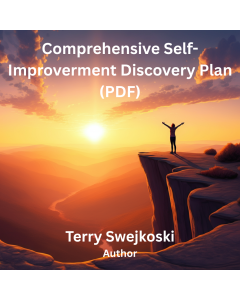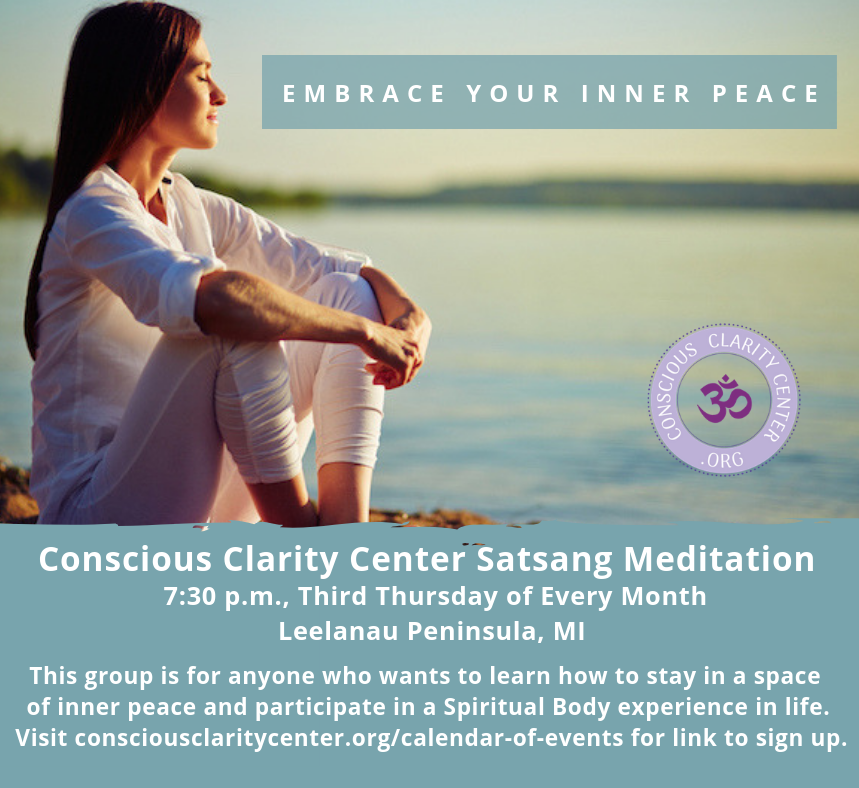This Holiday Season, unwrap your true potential. For a limited time, receive a 25% discount on the journey of a lifetime.
The quiet moments of the holiday season are an invitation. An invitation to turn your gaze from the outer world to the inner landscape of your own soul. It is in this sacred space that true transformation begins.
The Comprehensive Self-Improvement Discovery Plan is your guide on this profound journey. It is not merely a course, but a companion for your spirit, designed to illuminate the path to your most authentic self.
This is your moment. Answer the call.
“Comprehensive Self-Improvement Discovery Plan”
(PDF Release)
 Begin Your Journey Now & Save 25%
Begin Your Journey Now & Save 25%
$49.97
$37.48
The Path to Your Authentic Self Awaits
This plan was crafted to gently guide you through the layers of your consciousness, helping you peel back what no longer serves you to reveal the truth of who you are. This journey is a homecoming to yourself.
Through this structured yet fluid experience, you will:

Deepen Your Self-Understanding: Journey into the core of your being to uncover your innate strengths, core values, and the limiting beliefs that hold you back. True wisdom begins with knowing yourself, rediscovering your greatness, and sharing it with the world. Through Conscious Clarity of Highest Self, your life becomes miraculous.

Align Your Life with Your Soul’s Purpose: Move beyond society-set goals and create a life that resonates with your deepest calling. Discover what it feels like to live with profound meaning and intention. Follow your True North path with ease and appreciation for the gifts you have rediscovered along your journey home.

Cultivate Lasting Inner Peace: Build resilience and find calm amid life’s chaos. Our mindfulness and compassion practices will help you connect with your still, quiet center. Through Conscious Clarity of intention, you will live a balanced life radiating Love, Peace and Light.
An Offering for the Season of Renewal
In the spirit of the Holiday Season, we are honored to make this transformative experience more accessible. This limited-time 25% discount is our gift to you—an encouragement to invest in the most important relationship you will ever have: the one with yourself.
This is more than a purchase; it is a declaration. A promise to your future self that you are ready to grow, to heal, and to become who you were always meant to be.
Claim Your Holiday Season Gift of Growth – 25% Off Now!
Your Questions, Answered with Clarity
Frequently Asked Questions
How long will I have access to the plan?
Your journey is not bound by time. Once you enroll, you will have lifetime access to the Comprehensive Self-Improvement Discovery Plan and all future updates.
Is this plan suitable for beginners on a spiritual path?
Absolutely. The plan is designed to meet you exactly where you are, whether you are just beginning to feel the call inward or you have been on a path of self-discovery for some time. It is a gentle yet profound guide for all levels.
What if I find the plan is not for me?
We trust that you were led here for a reason, and we honor your personal journey above all else. We typically offer the plan as an interactive, multi-week program; however, for this special offer, you receive it as a PDF so you can explore all modules with complete peace of mind. Therefore, we do not allow refunds for this highly discounted electronic version.
How is this different from other self-improvement programs?
Our focus is not on ‘fixing’ but on ‘uncovering’. We guide you on a spiritual journey of self-remembrance, helping you connect with the wisdom already within you rather than simply providing external information.
The Time to Begin is Now
This special Holiday offering is a fleeting opportunity. The 25% discount is our way of celebrating the season of light and renewal with you, but it will not last.
The end of the year is a powerful threshold. Step across it with intention, clarity, and a deep commitment to your own growth. Your highest self is not a destination to be reached, but a truth to be realized.
Let this be the moment you choose to realize it.
 Purchase the Plan & Begin Your Transformation
Purchase the Plan & Begin Your Transformation
$49.97
$37.48


 Thanksgiving often arrives with a checklist. We worry about the turkey being moist, the house being spotless, and the conversation staying polite. We stress over Black Friday deals and focus intently on what we have acquired over the last year. This is the holiday through the lens of the ego—a performance of abundance rather than an experience of it.
Thanksgiving often arrives with a checklist. We worry about the turkey being moist, the house being spotless, and the conversation staying polite. We stress over Black Friday deals and focus intently on what we have acquired over the last year. This is the holiday through the lens of the ego—a performance of abundance rather than an experience of it.
 Most society views Veterans Day as a time to honor those who have served. Veterans are brought to the forefront of our consciousness for only one day a year. We reflect upon the heroism of those who sacrificed their life so that the mass consciousness may experience freedom. However, this celebration does little to address the reality of what the day means to the actual Veteran. The horror of war stays with a Veteran for a lifetime, not just one day.
Most society views Veterans Day as a time to honor those who have served. Veterans are brought to the forefront of our consciousness for only one day a year. We reflect upon the heroism of those who sacrificed their life so that the mass consciousness may experience freedom. However, this celebration does little to address the reality of what the day means to the actual Veteran. The horror of war stays with a Veteran for a lifetime, not just one day. Today’s Trends
Today’s Trends The landscape of personal growth is undergoing a profound transformation, guided by the values and preferences of its newest and most engaged participants: Millennials and Gen Z. These generations are not just consuming self-help content; they are fundamentally reshaping it. Moving beyond traditional formats and surface-level advice, they seek authentic, accessible, and holistic paths to well-being. Their journey is digital, their focus is on mental and emotional health, and their quest often leads them toward deeper spiritual understanding.
The landscape of personal growth is undergoing a profound transformation, guided by the values and preferences of its newest and most engaged participants: Millennials and Gen Z. These generations are not just consuming self-help content; they are fundamentally reshaping it. Moving beyond traditional formats and surface-level advice, they seek authentic, accessible, and holistic paths to well-being. Their journey is digital, their focus is on mental and emotional health, and their quest often leads them toward deeper spiritual understanding.